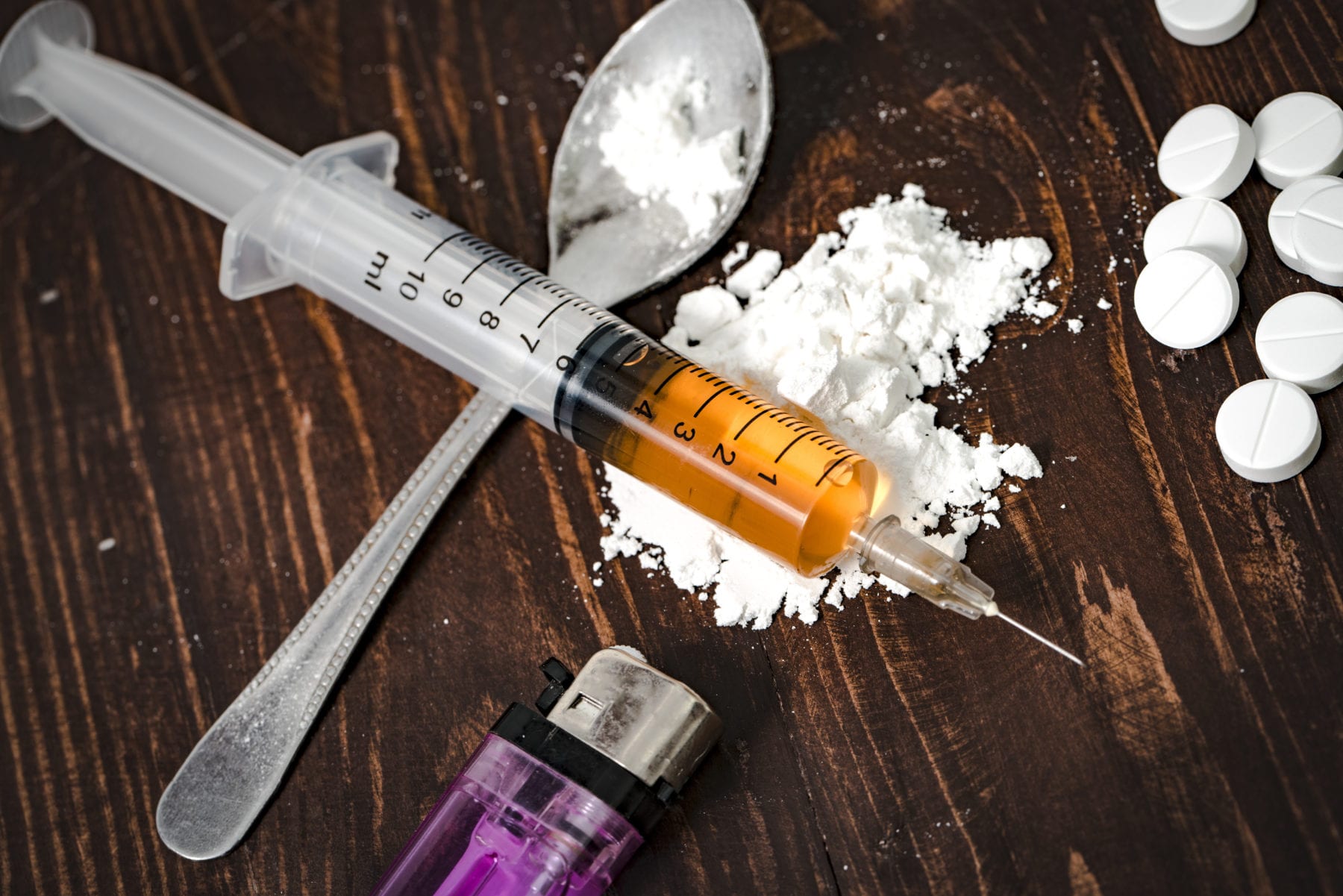The opioid epidemic continues to tighten its grip on New York State, sounding alarm bells as the number of opioid-related deaths surged in 2021, according to the Opioid Annual Report 2023 released by the New York State Department of Health (NYSDOH).
In a concerning trend, opioid overdose deaths among New York State residents rose by 18.5 percent in 2021, reaching 5,017 fatalities compared to 4,233 in the previous year. The crude rate of overdose deaths involving any opioid spiked from 21.9 per 100,000 population in 2020 to 25.3 per 100,000 population in 2021.
The NYSDOH’s annual report sheds light on the gravity of the situation, pinpointing eight counties grappling with the highest opioid overdose rates per 100,000 population. Each county reveals a stark reality, reflecting the urgent need for comprehensive strategies to combat this devastating public health crisis.
1. Sullivan County: A Grim Tally of 37 Overdose Deaths and a Rate of 46.4
Topping the list, Sullivan County bears the brunt of the opioid crisis, with a staggering opioid overdose death rate of 46.4 per 100,000 population. The county witnessed 37 lives lost to opioid overdoses in 2021, underscoring the pressing need for targeted interventions and support systems.
2. Bronx County: A Struggle with 695 Overdose Deaths and a Rate of 48.8
Bronx County finds itself in the throes of the opioid epidemic, grappling with an alarming rate of 48.8 opioid overdose deaths per 100,000 people. The heartbreaking toll stands at 695 lives lost, emphasizing the urgent call for resources and initiatives to address the root causes of opioid addiction.
3. Greene County: A Community Coping with 22 Overdose Deaths and a Rate of 45.4
In Greene County, 22 individuals succumbed to opioid overdoses in 2021, with a rate of 45.4 per 100,000 population. The county’s struggle highlights the need for a multifaceted approach, encompassing prevention, treatment, and community outreach.

Read more:
- Acts of Kindness: Good Samaritan Supports a Homeless Man and His Dog in Returning to Their Street.
- Untouched Wealth: $2 Million in Coins Still in Existence
- New Moms in Texas Eligible for Full-Year Medicaid and CHIP Benefits
- Tragic Dental Procedure in Texas Leaves Miami Woman with Severe Brain Damage
4. Broome County: A Disturbing 75 Overdose Deaths and a Rate of 38
Broome County faces a grim reality with 75 opioid overdose deaths and a rate of 38 per 100,000 population. The imperative to address the opioid crisis in Broome County extends beyond statistics, necessitating a concerted effort to save lives and support those affected.
5. Chautauqua County: A Battle Against 48 Overdose Deaths and a Rate of 37.9
Chautauqua County confronts the opioid epidemic with 48 lives lost and a rate of 37.9 per 100,000 people. The need for tailored solutions to address the unique challenges faced by the community is evident, emphasizing the importance of local engagement.
6. Onondaga County: A Striving Community Grappling with 162 Overdose Deaths and a Rate of 34.2
Onondaga County’s struggle against opioid overdoses is reflected in 162 lives lost and a rate of 34.2 per 100,000 people. The community’s resilience becomes a focal point for implementing targeted interventions and fostering a supportive environment.
7. Chemung County: Facing Challenges with 28 Overdose Deaths and a Rate of 33.7
Chemung County navigates the opioid crisis with 28 overdose deaths and a rate of 33.7 per 100,000 people. The county’s experience underscores the need for accessible resources, education, and community collaboration to mitigate the impact of opioid addiction.
8. Orange County: Confronting 136 Overdose Deaths and a Rate of 33.6
Orange County contends with 136 lives lost to opioid overdoses and a rate of 33.6 per 100,000 population. The imperative for comprehensive strategies to prevent, treat, and support individuals affected by opioid addiction is crucial for the community’s well-being.
As New York State grapples with the escalating opioid crisis, these counties stand at the forefront, demanding urgent and effective interventions. The battle against opioid addiction necessitates a united front, combining public health initiatives, treatment accessibility, and community support to stem the tide of overdose deaths and safeguard the well-being of residents across the state.















+ There are no comments
Add yours